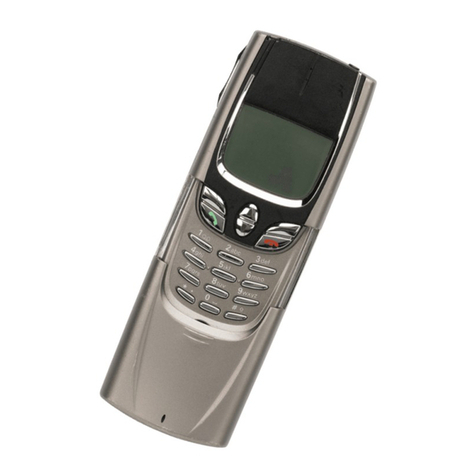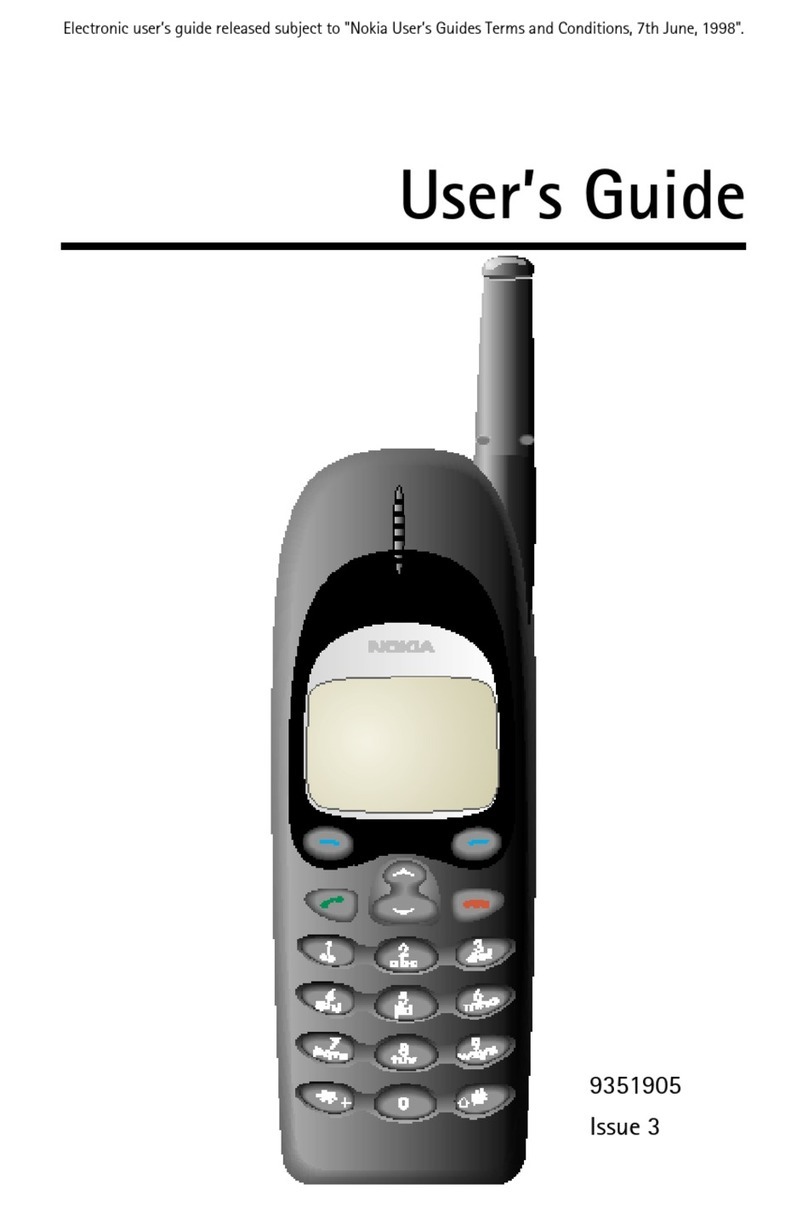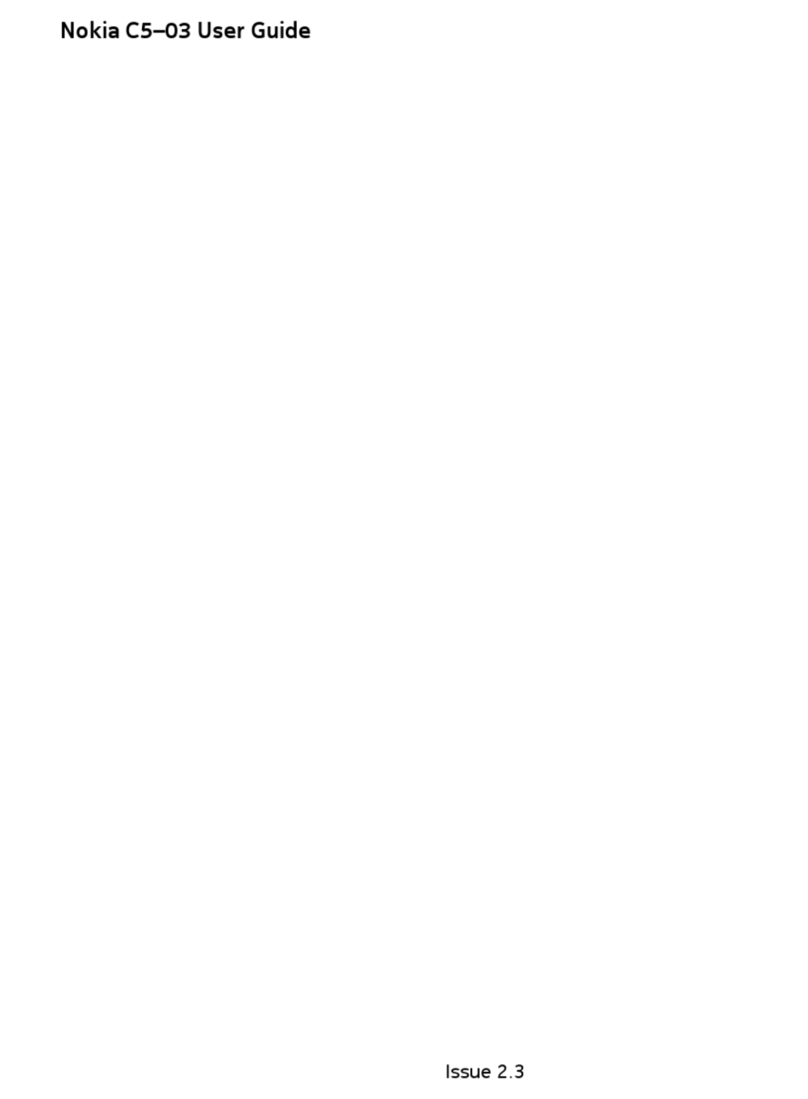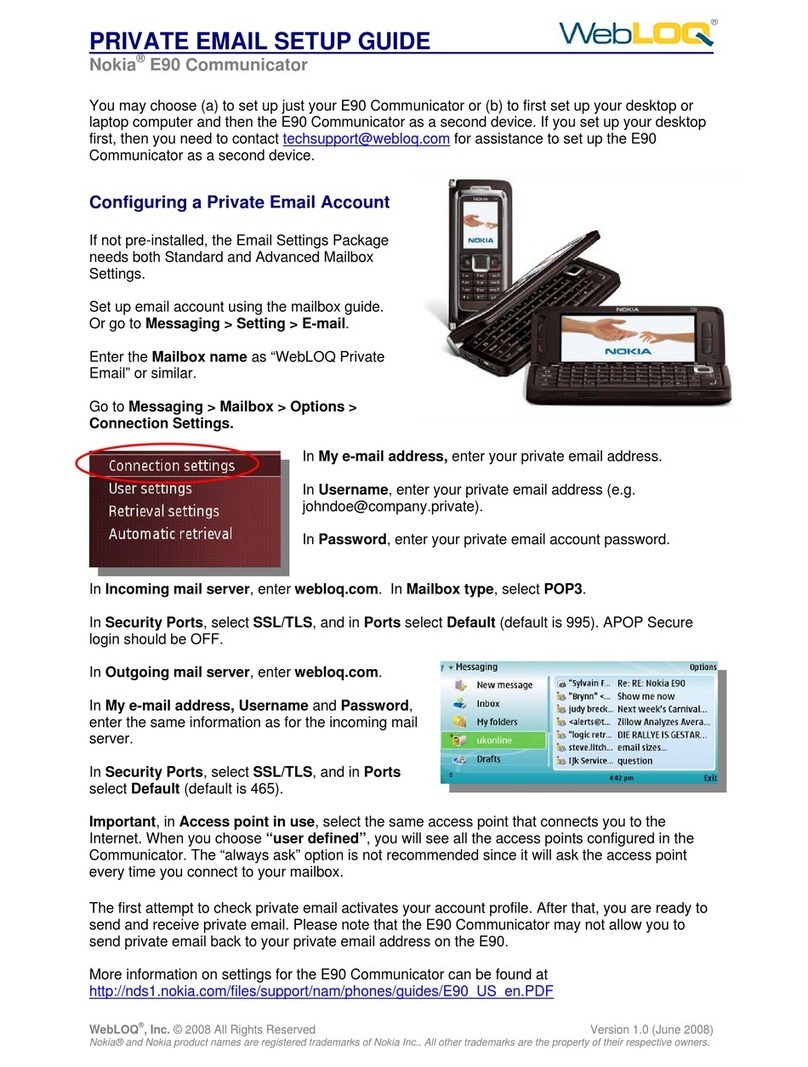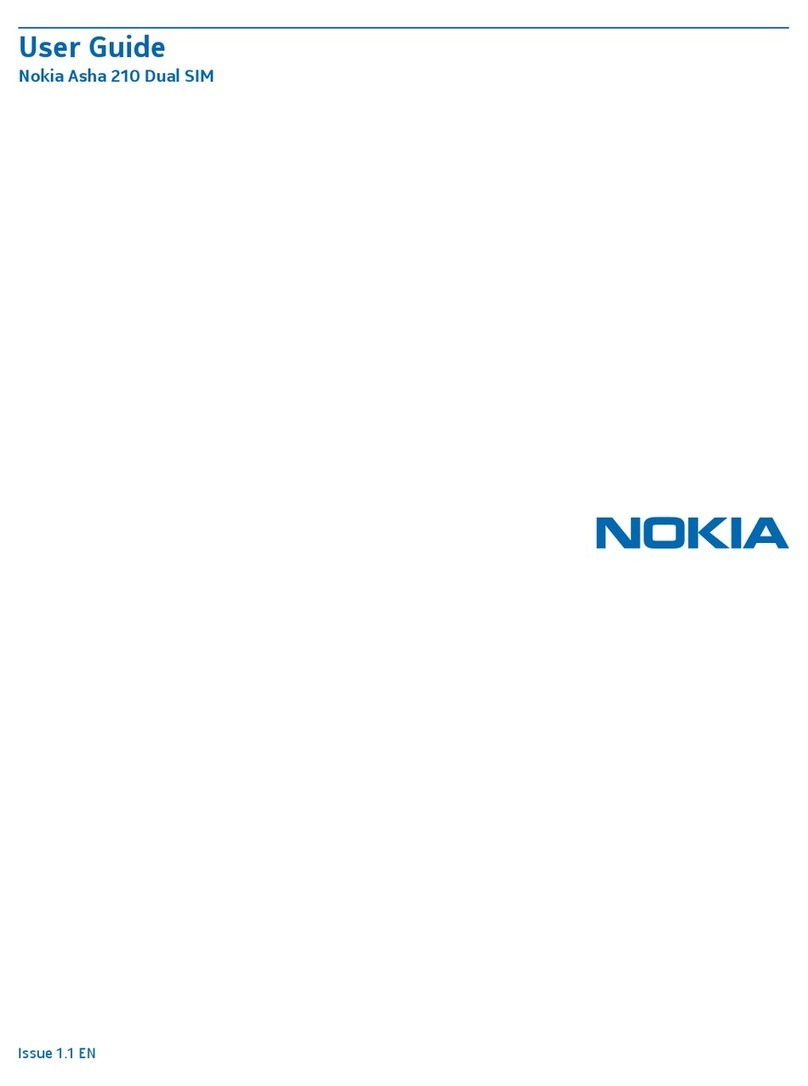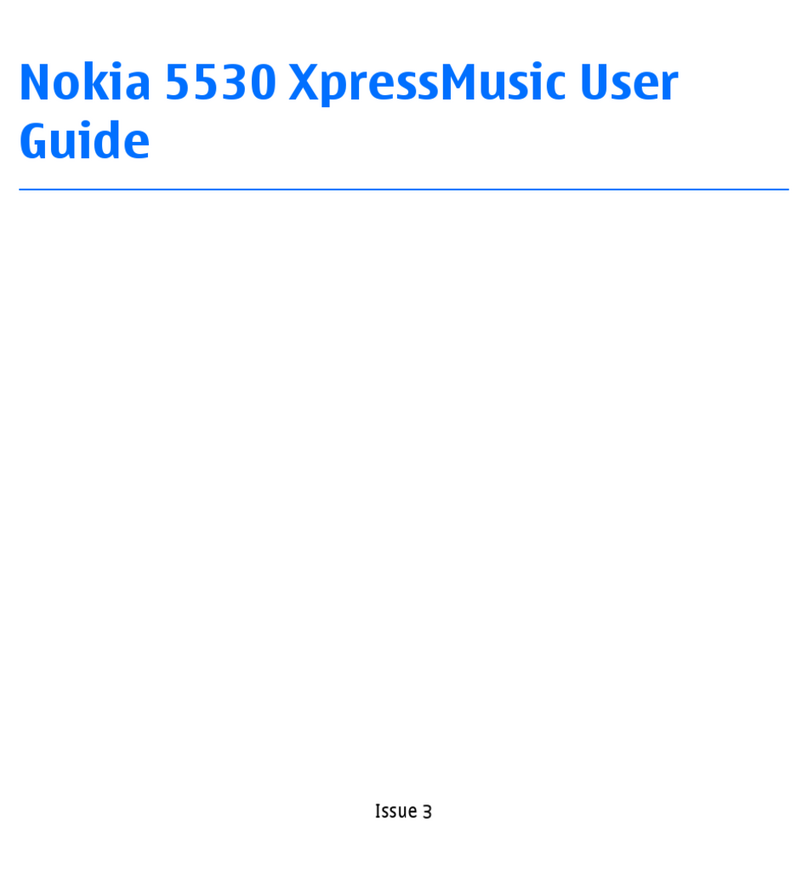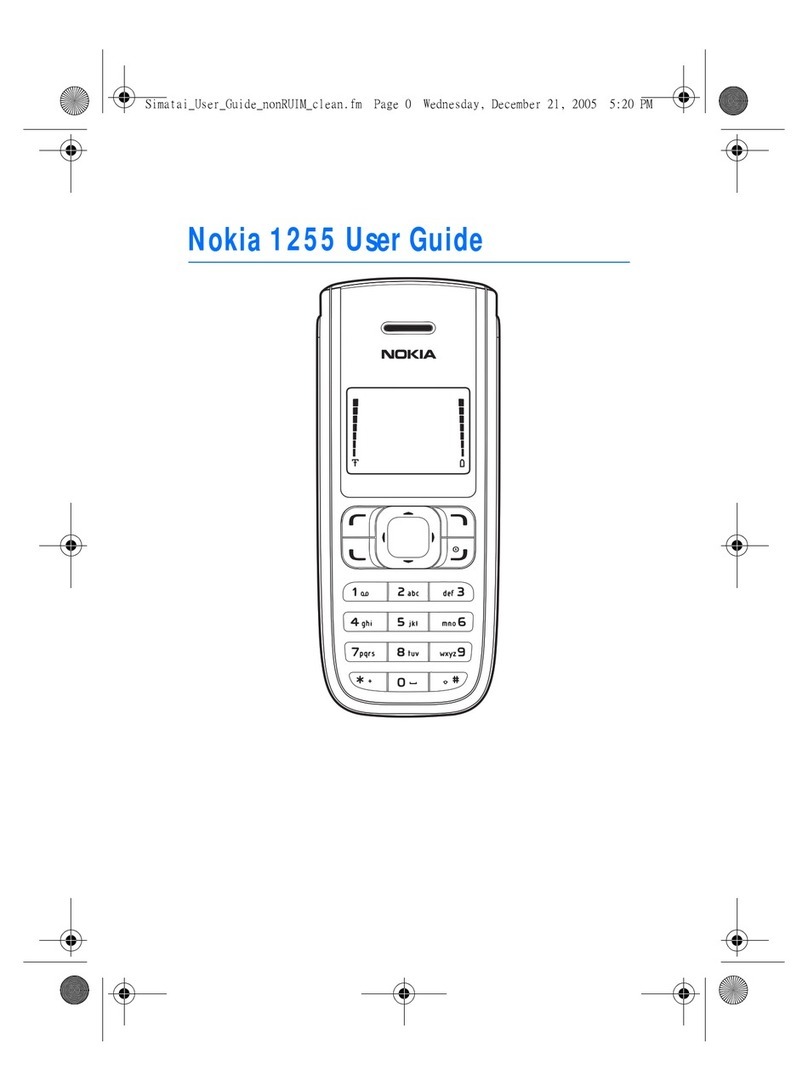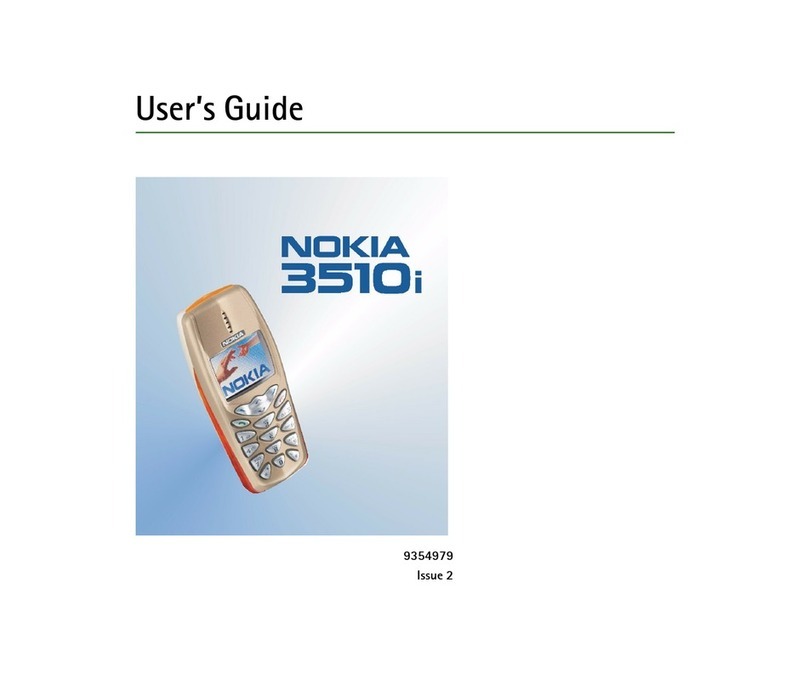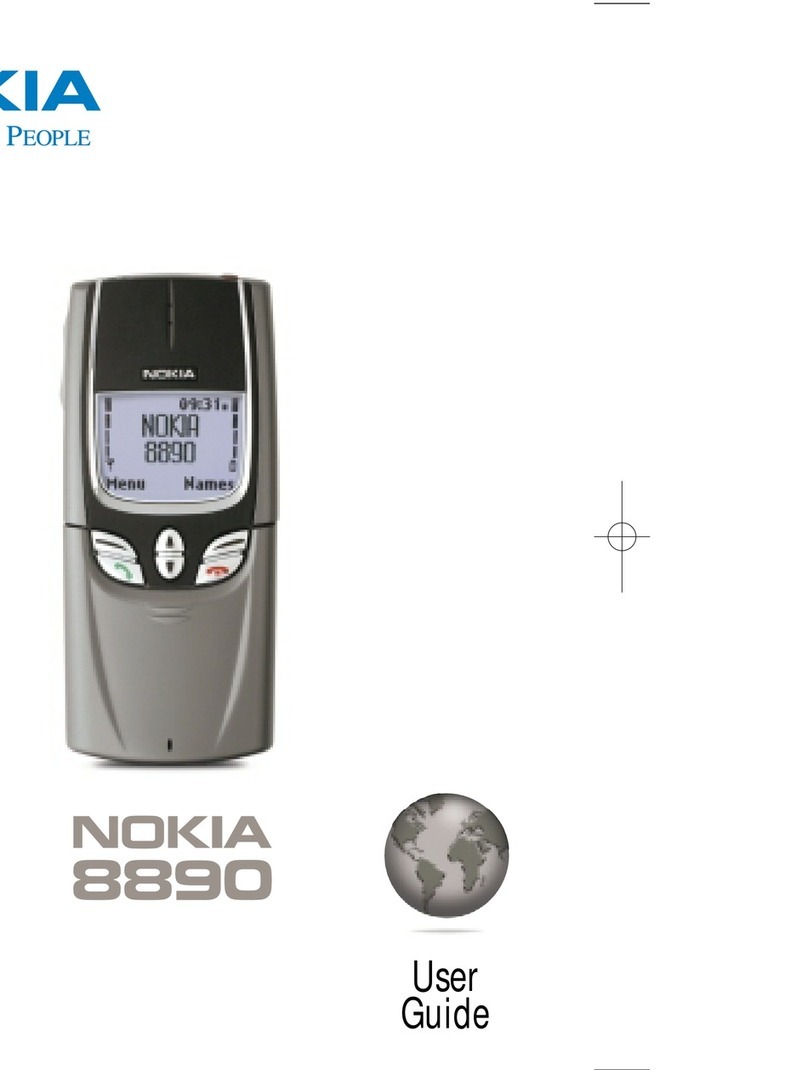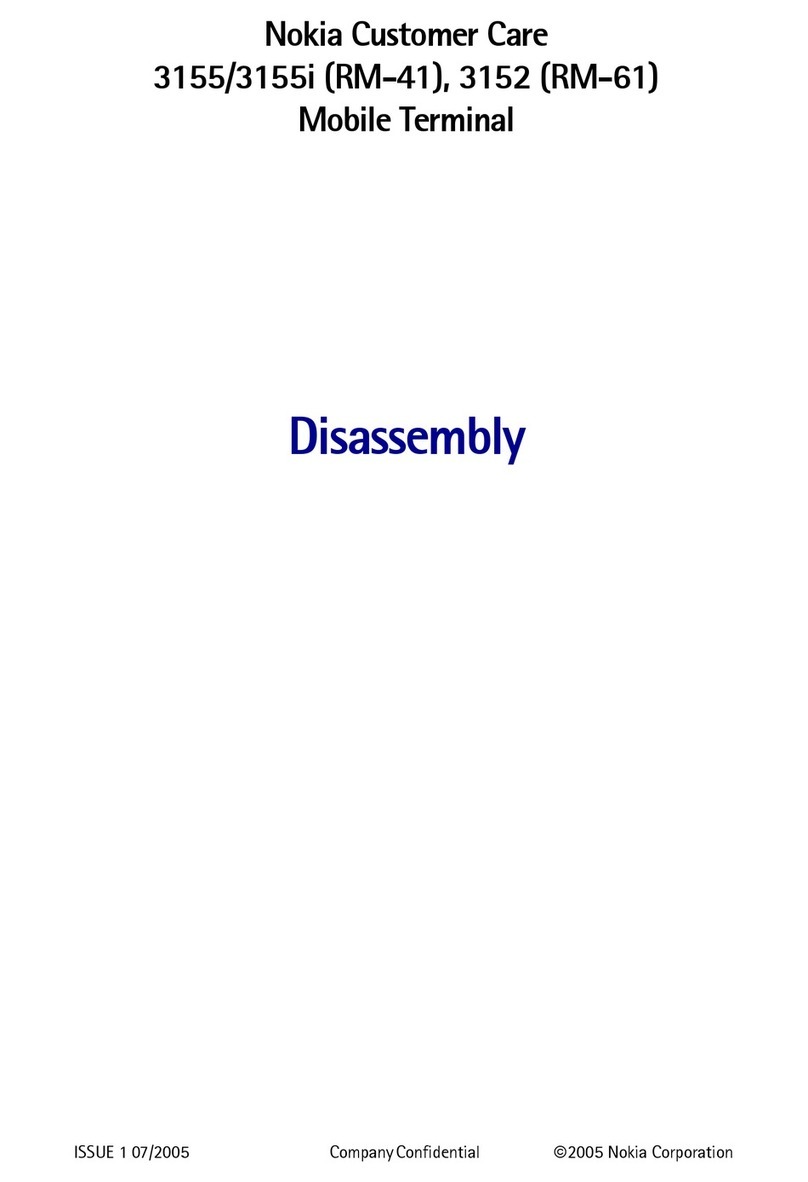
Call register (Menu 2)................. 32
Recent calls lists .............................. 32
Call counters and call timers........ 33
Contacts (Menu 3)....................... 34
Selecting settings for contacts.... 34
Saving names and phone
numbers (Add name)....................... 35
Searching for a name in contacts 36
Editing a name, number or
text item or changing an image.. 36
Deleting names, numbers
and images......................................... 36
Copying contacts ............................. 37
Sending and receiving
a business card ................................. 37
Speed dials......................................... 38
Info numbers and service
numbers.............................................. 38
My numbers....................................... 38
Caller groups ..................................... 39
Profiles (Menu 4) ......................... 39
Settings (Menu 5)........................ 40
Personal shortcuts........................... 40
Time and date settings................... 40
Call settings....................................... 41
Phone settings .................................. 42
Display settings ............................... 44
Tone settings..................................... 45
Enhancement settings.................... 46
Security settings .............................. 46
Restore factory settings................. 47
Radio (Menu 6)............................. 47
Tuning a radio channel................... 48
Using the radio................................. 48
Camera (Menu 7)......................... 49
To take a photo................................. 49
Camera settings ............................... 50
Gallery (Menu 8) .......................... 50
Organiser (Menu 9) ..................... 52
Alarm clock........................................ 52
Calendar.............................................. 53
To-do list ............................................ 55
Games (Menu 10)........................ 55
Launching a game ........................... 55
Memory status for games.............. 56
Game settings ................................... 56
Applications (Menu 11) ............. 56
Launching an application .............. 56
Other options available for an
application or application set ...... 57
Downloading an application......... 57
Memory status for applications... 58
Extras (Menu 12)......................... 58
Calculator........................................... 58
Countdown timer............................. 59
Stopwatch.......................................... 59
Wallet.................................................. 60
Synchronisation................................ 62
Connectivity (Menu 13)............. 64
Infrared ............................................... 64
GPRS .................................................... 65
Services (Menu 14) ..................... 66
Basic steps for accessing and
using services.................................... 67
Setting up the phone for
a service.............................................. 67
Making a connection to
a service.............................................. 68
Browsing the pages of
a service.............................................. 68
Disconnect from a service ............. 69
Appearance settings of
the multi-mode browser................ 70
Cookies................................................ 70
Bookmarks.......................................... 70
Downloading ..................................... 71
Service inbox..................................... 71
The cache memory........................... 72
Browser security............................... 72
Go to (Menu 15) .......................... 74
SIM services (Menu 16)............. 75
Copyright © 2004 Nokia. All rights reserved. iii
